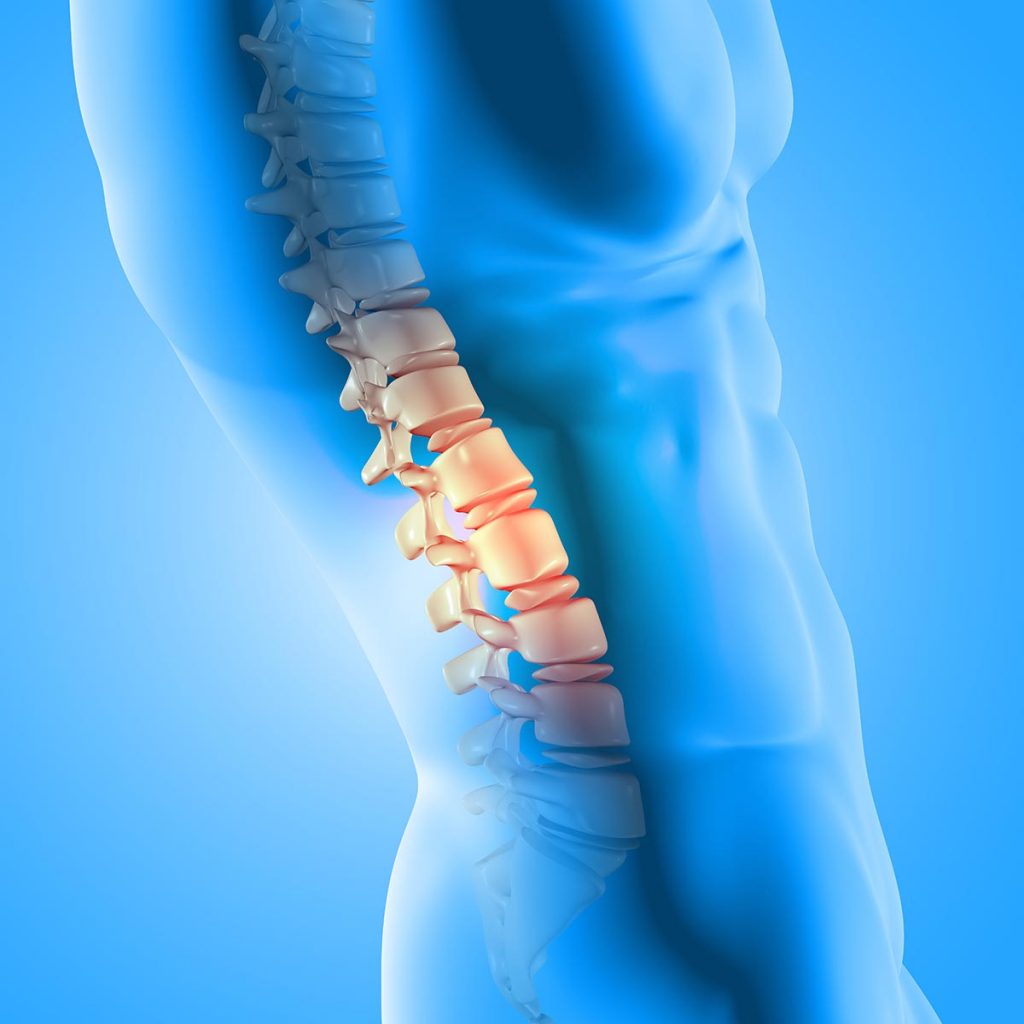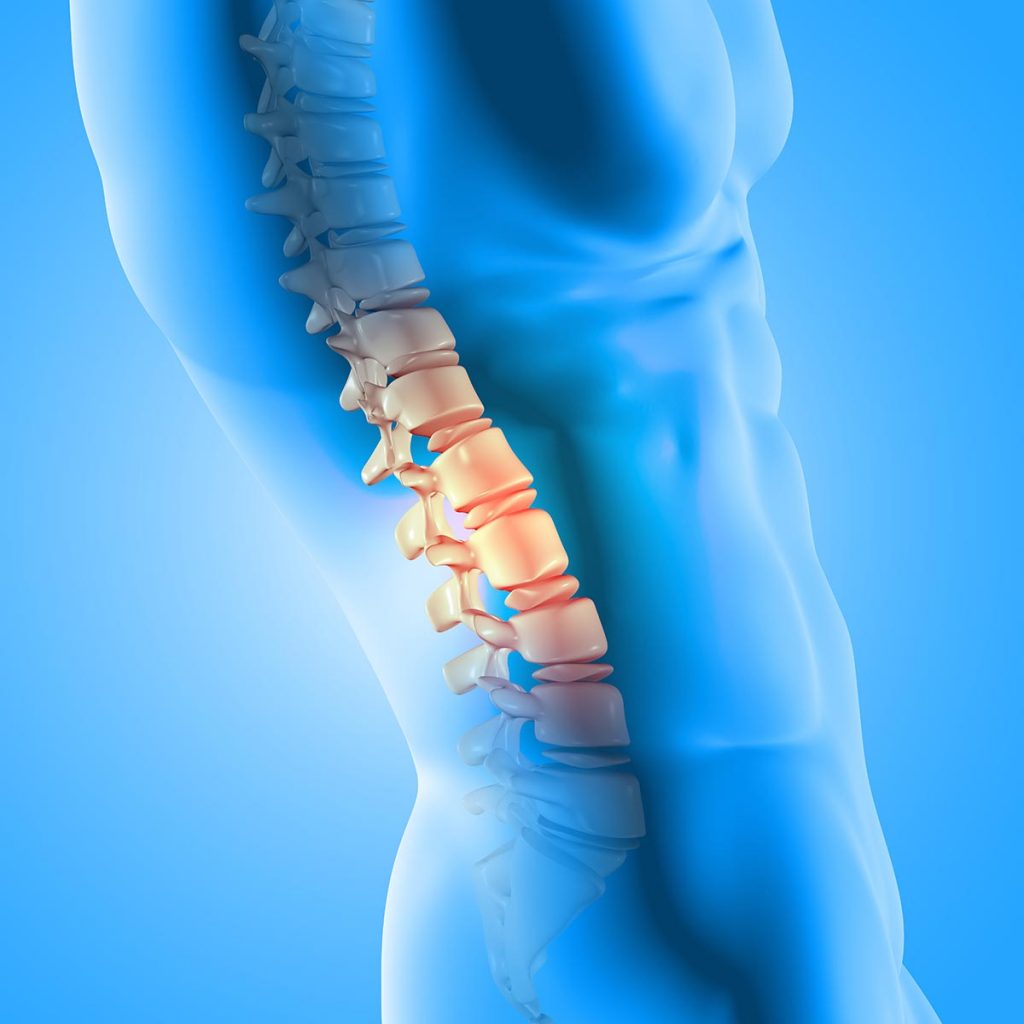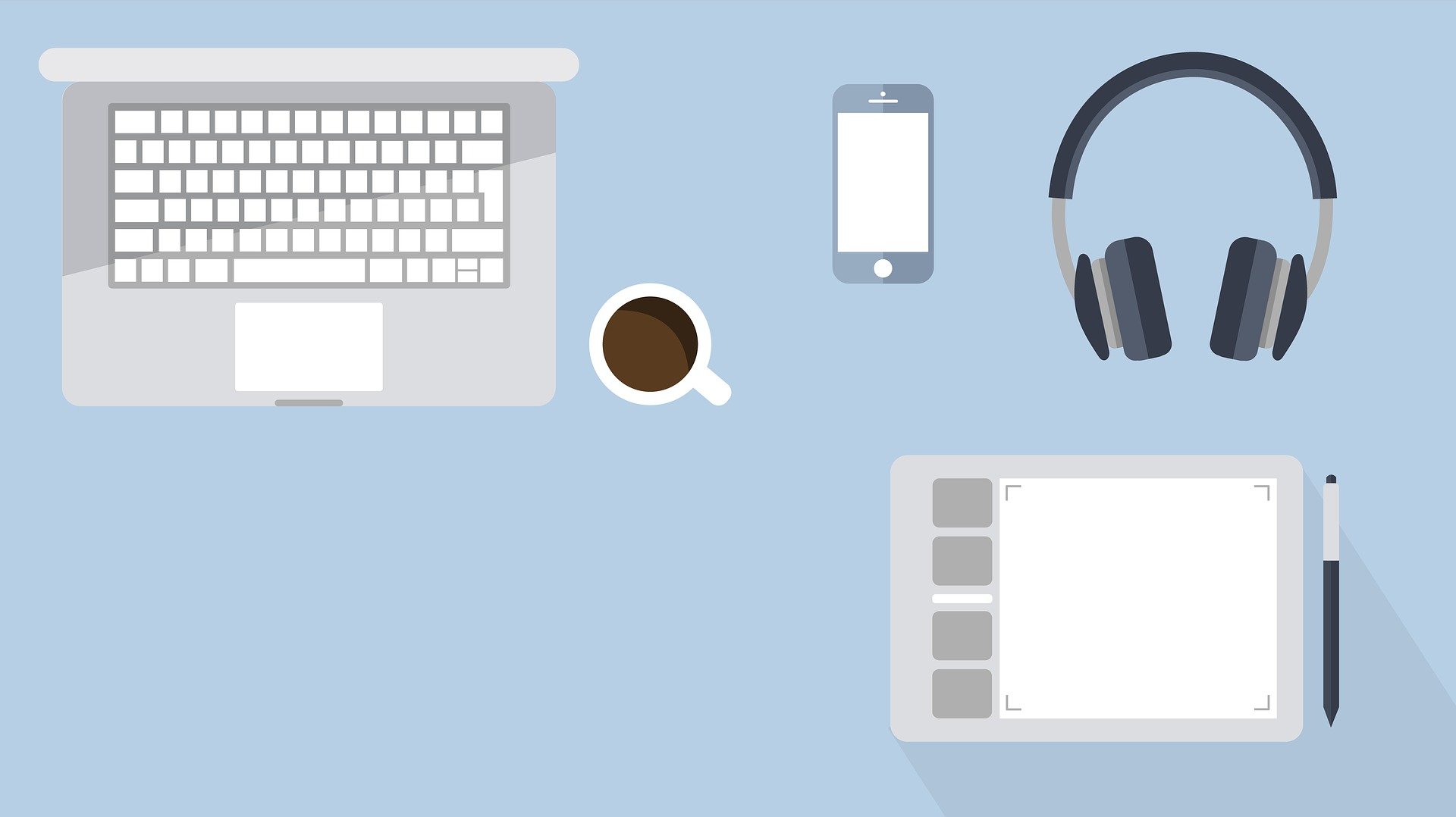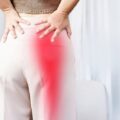Almost everyone will get degenerative disc disease (DDD) at some point in their lives. It’s one of the most prevalent back issues, but there are therapies available that aren’t limited to medicine. DDD is also known as spinal disc degeneration, which explains why it is so widespread. The cushions between our vertebrae are called spinal discs, and they are filled with a gel-like fluid that prevents the bones in our back from grinding against one another.
These discs, like everything else, are subject to wear and tear as we age. They become brittle and dry, and they are unable to perform as well as they once did. Here are some facts about degenerative disc disease that you should be aware of.
DDD’s Causes
Aging has been recognized as the most common cause of degenerative disc disease. The core of your disks is largely made up of water. That core normally loses some water as you age. As a result, disks become thinner and provide less stress absorption than they formerly did.
Small fissures in your spinal disks might occur as a result of minor trauma. These rips are frequently found near nerves. Tears may be excruciatingly unpleasant, even if they are little. A herniated disk occurs when the outer wall of the spinal disk cracks open, causing the disk to expand out of position and pressure a spinal nerve.
Symptoms of DDD
Neck discomfort, pain that extends down the back of the shoulder blades or into the arms, numbness, tingling, and occasionally even difficulty with hand dexterity are all frequent signs of degenerative disc disease. This condition can also lead to back and leg discomfort, as well as functional issues including tingling or numbness in the legs or buttocks, and trouble walking.
How is degenerative disk disease diagnosed?
Your healthcare professional may begin by questioning you about your symptoms to identify degenerative disk disease. The following are examples of possible questions:
- When does the discomfort begin?
- Where do you experience discomfort?
- What activities are the most painful for you?
- What helps relieve pain?
- Have you been in pain as a result of an injury or an accident?
- Do you experience any additional symptoms, such as numbness or tingling?
- What is your maximum walking distance?
Imaging scans such as X-rays, CT scans, and MRIs may be used by your healthcare professional. These tests can reveal the status and alignment of your disks to your doctor. Your doctor may also perform a physical exam and use a reflex hammer to assess your nerve function. It’s possible that you have injured or compressed nerves if you have a poor or no reaction. To measure your pain levels, your physician may touch or press on certain parts of your back. Muscle weakness or shrinkage (atrophy) might indicate nerve injury or degeneration of the disks.
Treatment options
Exercise is crucial in proper DDD treatment. Being physically active is necessary for people with this disease to strengthen the muscles that support the spine and vertebrae. Exercise promotes blood flow to the back’s muscles and joints, nourishing it and removing waste materials.
Heat, rest, rehabilitative exercises, and pharmaceuticals are commonly used to reduce pain, muscle spasms, and inflammation caused by degenerative disc disease. Heat therapy, cold therapy, physical therapy, medicines, and surgery performed by a professional spine surgeon are all effective treatments for degenerative disc disease.
Who is at risk of developing degenerative disk disease?
The most prevalent age group for degenerative disk disease is the elderly. Degenerative disk disease is caused by a combination of causes, including:
- Acute injuries, such as those caused by falling
- Being overweight or obese
- Being a woman
- Smoking and tobacco use
- Working in a physically challenging environment
If you are more prone to degenerative disc disease, you need to maintain healthy body weight, quit smoking, and exercise regularly.







































No Comments